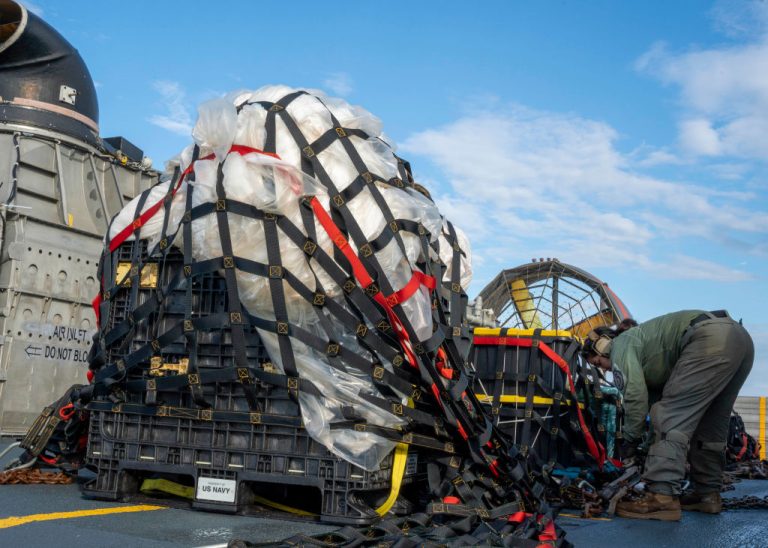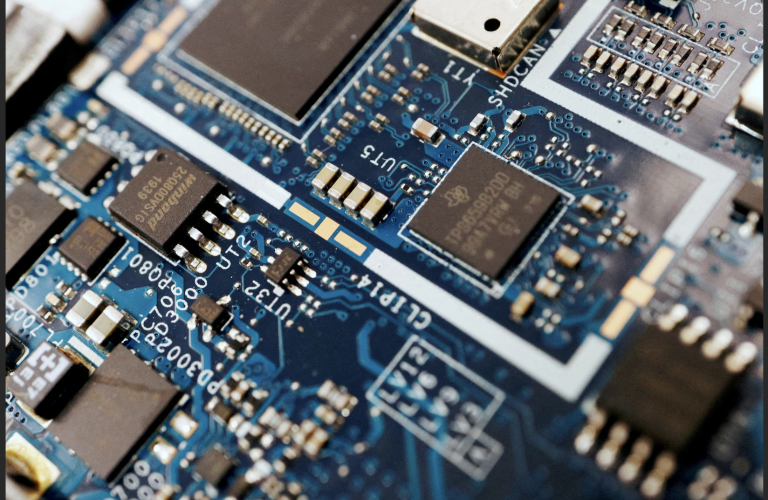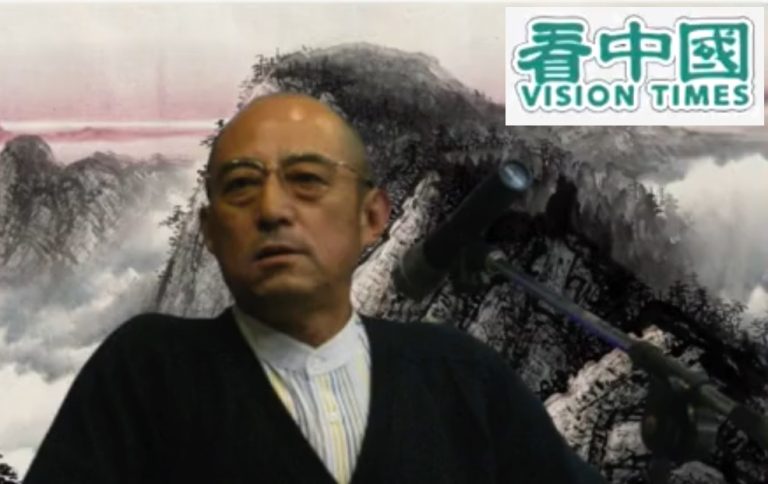On Jan. 3, Taiwan’s Ministry of Defense reported that four suspected spy balloons had been allegedly sent by Communist China into its airspace — intensifying the already strained relations between the two nations. Three of the balloons were observed passing near an air force base in Taiwan, indicating a potential escalation in Beijing’s tactics of intimidation against the self-ruling island.
One of the balloons entered Taiwan’s airspace on the evening of Jan. 1 from the Taiwan Strait at an altitude of 30,000 feet, cutting across the island. The other three balloons, which violated the airspace on Jan. 2, were flying at altitudes ranging from 12,000 to 24,000 feet, the ministry said.
This incident comes amid heightened tensions as the Chinese Communist Party (CCP) continues to threaten the use of force to annex Taiwan. The timing is also crucial, as Taiwan is gearing up for its presidential and legislative elections slated for Jan. 13. Beijing has historically exerted its military, diplomatic, and economic influence to sway Taiwanese voters towards candidates who support unification.
MORE ON THIS: Xi Touts ‘Reunification’ With Taiwan as ‘Inevitable’ During Mao Commemoration in Beijing
However, the current trend in polls suggests a leaning towards the pro-independence Democratic Progressive Party — reflecting the electorate’s preference for maintaining Taiwan’s independence from mainland China.
Success
You are now signed up for our newsletter
Success
Check your email to complete sign up
Formally known as the Republic of China (ROC), Taiwan has preserved its de facto independence and self-governance; its government once ruled all of China before communist rebels overtook the mainland in 1949.
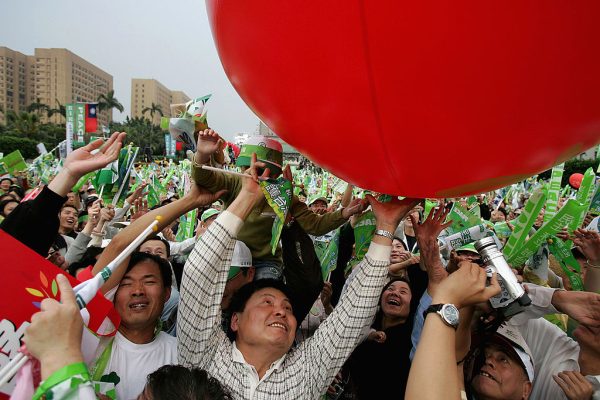
However, the CCP considers any support or recognition of Taiwan as a direct challenge to its sovereignty and territorial integrity. Consequently, it has long threatened to use military force and other necessary means to retake and reunite the island with the communist People’s Republic of China (PRC). It also requires all countries that wish to pursue diplomatic relations with it to first break off any ties with Taiwan in accordance with its “One-China principle.”
This policy, in addition to Taiwan’s 1971 expulsion from the United Nations (UN) in favor of Beijing, has significantly impacted Taiwan’s international standing and diplomatic outreach.
On high alert
Beijing’s strategy of intimidation has typically involved the deployment of navy ships and warplanes near Taiwan. The use of balloons for intelligence collection marks a new phase in these efforts.
The ROC Defense Ministry noted that three of the balloons traversed from east to west in proximity to the Ching-Chuan-Kang air base — a critical site for Taiwan’s defense against the mainland. The fourth balloon was spotted north of the Keelung port, a vital node in Taiwan’s trade, especially with Japan, a key U.S. treaty partner.
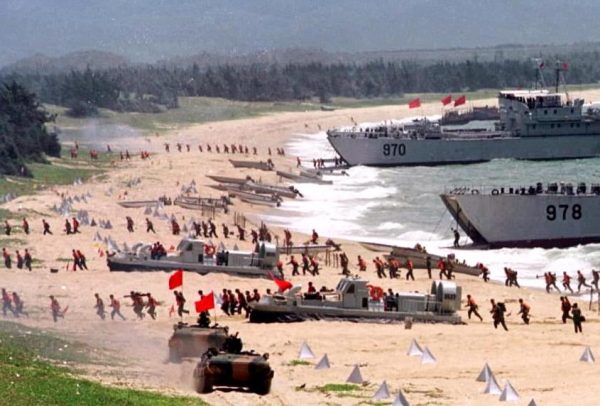
The incident echoes a previous situation where a Chinese balloon was shot down by the U.S. Air Force over North America in February. The Biden administration revealed that the balloon was part of a vast surveillance program — operated by the People’s Liberation Army (PLA) — aimed at over 40 countries. This fleet of balloons, equipped with advanced intelligence-gathering technology, is allegedly designed for spying and has been observed over various regions worldwide.
RELATED: Beijing Releases White Paper on ‘Taiwan Question’
As Taiwan gears up for its upcoming elections, its rocky relations with Beijing have drawn attention to the broader issue of regional security in East Asia. The U.S., along with other democratic nations, have expressed support for Taiwan — albeit carefully balancing their official diplomatic relationships with the PRC.
In May 2022, during a meeting with Japanese Prime Minister Fumio Kishida, U.S. President Joe Biden said that if Beijing were to launch an attack against Taiwan, the U.S. would intervene “militarily” and come to the island’s defense.
RELATED: Devastating Earthquake Strikes Japan on New Year’s Day as Frantic Search for Survivors Begins
However, the White House walked back Biden’s comments following the meeting, stating that they don’t reflect a change in U.S. policy regarding Taiwan. Biden’s remarks marked the third time that the president said Washington would protect Taiwan from a mainland attack, only to have the White House walk those comments back later on.
Under the Taiwan Relations Act (TRA), which commits U.S. support of Taiwan’s self-defense in the form of weaponry and intel, Washington continues to hold informal relations with the island, despite not formally recognizing it as an independent nation.



